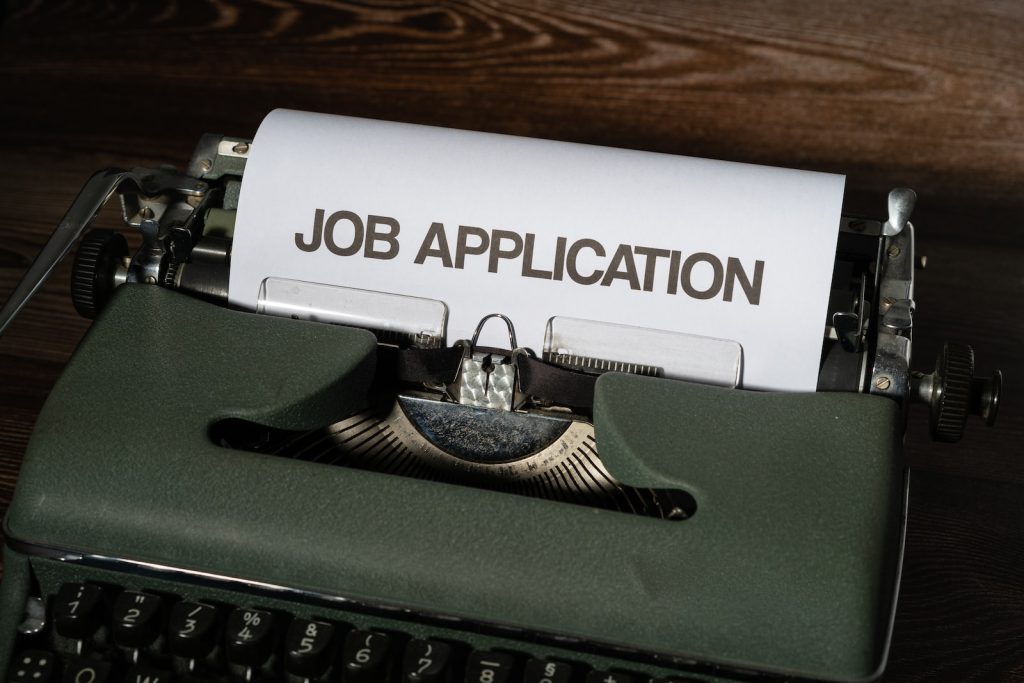Your resume is the first impression you make on a potential employer. It’s your chance to showcase your skills, experiences, and achievements and convince the hiring manager that you’re the perfect fit for the job. However, if your resume is poorly formatted or difficult to read, it won’t get the attention it deserves.
To help you create a winning resume, we’ve compiled a comprehensive guide to resume formatting. In this post, we’ll cover the different types of resumes, the ideal length, how to break it down, and everything else you need to know to create a standout resume.
Types of Resumes
There are three main types of resumes: chronological, functional, and combination.
- Chronological Resume A chronological resume is the most common type of resume. It lists your work history in reverse chronological order, starting with your most recent job. This type of resume is best suited for people who have a consistent work history with no major employment gaps.
- Functional Resume A functional resume focuses on your skills and experiences, rather than your work history. It’s ideal for people who are changing careers or have gaps in their employment history. This type of resume highlights your skills and achievements and groups them by relevant categories.
- Combination Resume A combination resume combines elements of both chronological and functional resumes. It lists your work history in reverse chronological order, but also includes sections that highlight your skills and achievements. This type of resume is best suited for people who have a solid work history but want to showcase their skills and achievements.
Choosing the Right Resume Type
Choosing the right type of resume depends on your career goals and work history. If you have a consistent work history and want to showcase your career progression, a chronological resume is the way to go. If you’re changing careers or have gaps in your employment history, a functional resume may be a better fit. And if you have a strong work history and want to showcase both your skills and accomplishments, a combination resume is the way to go.
Ideal Length
Your resume should be concise and easy to read. Ideally, it should be no more than two pages long. However, if you have extensive work experience or qualifications, it’s acceptable to have a longer resume.
How to Break It Down
To make your resume easy to read, break it down into the following sections:
- Contact Information Include your full name, phone number, email address, and mailing address. Make sure your email address is professional and not something like [email protected]
- Resume Summary/Objective Statement A summary statement is a brief overview of your skills and experiences, while an objective statement explains your career goals and how they align with the job you’re applying for.
- Education List your educational qualifications in reverse chronological order, starting with your most recent degree.
- Work Experience List your work experience in reverse chronological order, starting with your most recent job. Include the job title, company name, dates of employment, and a brief description of your responsibilities and achievements.
- Skills List your relevant skills, such as language proficiency, computer skills, or certifications.
Resume Formatting Tips
To make your resume stand out, follow these formatting tips:
- Use a clean and simple font, such as Arial or Times New Roman, and use a font size between 10 and 12 points.
- Use bold or italic text sparingly to highlight important information.
- Use bullet points to break up blocks of text and make your resume easier to read.
- Use white space to separate sections and make your resume look less cluttered.
- Use keywords from the job description in your resume to show the employer that you have the skills and experience they’re looking for.
- Save your resume as a PDF to preserve formatting and ensure it looks the same on all devices.
Read also 7 Professional Steps In Writing A Job Application Letter You Must Know
Conclusion
Your resume is your chance to make a great first impression on a potential employer. By following these guidelines for resume formatting, you can create a standout resume that showcases your skills and experiences and helps you land the job you want. Remember to keep it concise, easy to read, and visually appealing, and you’ll be one step closer

1 Comment
Pingback: Earn At Your Comfort: 10 High-Demand Industries Where You Can Work From Home Today - SEEKERSHUB